Ann Joy and Brian Hudelson, UW-Madison Plant Pathology
Revised: 8/13/2012
Item number: XHT1094
What is Nectria canker? Nectria canker is a common and potentially lethal disease that affects many species of trees and shrubs. This disease can cause significant damage on newly planted, as well as on established, trees and shrubs that are under stress.
What does Nectria canker look like? Nectria canker is characterized by the production of sore-like wounds (cankers) that form on twigs, branches, and trunks. Cankers can form at leaf scars and wherever injuries occur. Injuries can be caused by pruning (particularly improper pruning), frost, hail, cracking from heavy snow or ice, sunscald, insects, or mammals. Cankers appear first as slightly sunken areas on the bark, but can grow for years, becoming target-shaped or elongated. Small branches girdled by cankers can wilt suddenly, fail to leaf out, and die.
Where does Nectria canker come from? Nectria canker is caused by two fungi, Nectria cinnabarina and Nectria galligena. These fungi survive in the margins of cankers where they produce numerous fruiting bodies (reproductive structures). Fruiting bodies can be cream, coral, orange, or red, and eventually darken to brown or black with age. Spores are dispersed by wind, water, and pruning tools. Cankers grow slowly, usually when the host is dormant, or under stress. Infected plants may hold the fungus in check by producing wound-closing (callus) tissue around the infected area.
How do I save a tree with Nectria canker? There is no cure for Nectria canker. Remove smaller branch cankers by pruning six to eight inches below the canker. Disinfect pruning tools after each cut by dipping them for at least 30 seconds in a 10% bleach solution or alcohol (spray disinfectants that contain at least 70% alcohol can also be used). Trees with trunk cankers may live many years with the disease. Healthy trees are better able to slow the development of Nectria canker, so make sure that trees are watered and fertilized properly.
How do I avoid problems with Nectria canker in the future? Choose plants that are well-adapted to your local climate. Avoid any stresses to your trees and shrubs. Prune properly (see UW-Garden Facts XHT1014 and XHT1015), and avoid injury to root and trunks from lawnmowers. Remove grass from around the base of trees and shrubs, mulch properly, and water as needed to avoid drought stress.
Download Article

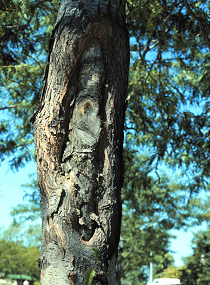




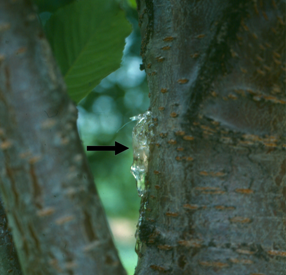 Bacterial Canker
Bacterial Canker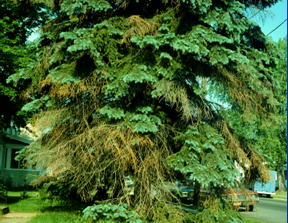 Cytospora Canker
Cytospora Canker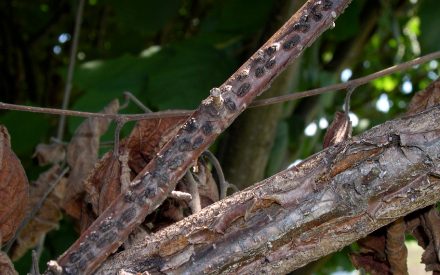 Eastern Filbert Blight
Eastern Filbert Blight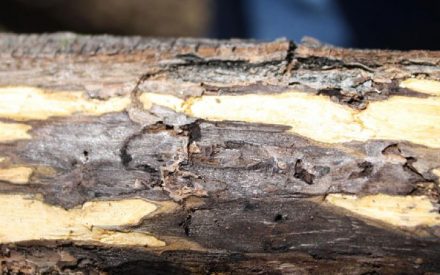 Thousand Cankers Disease
Thousand Cankers Disease


